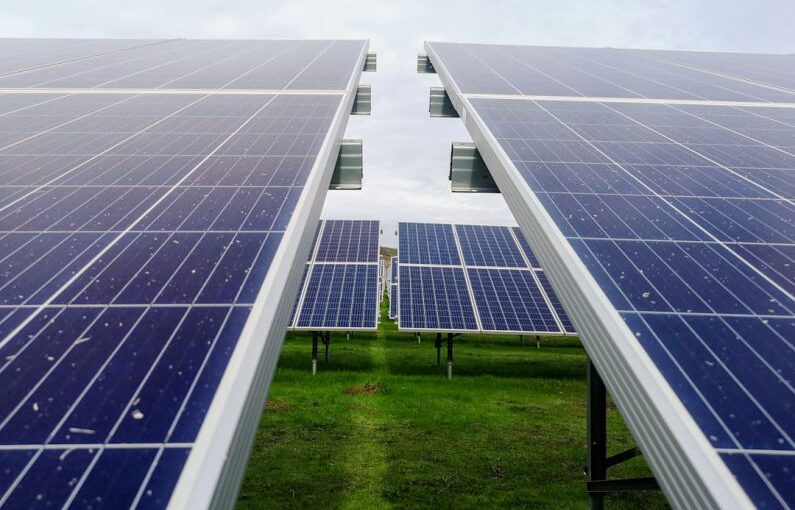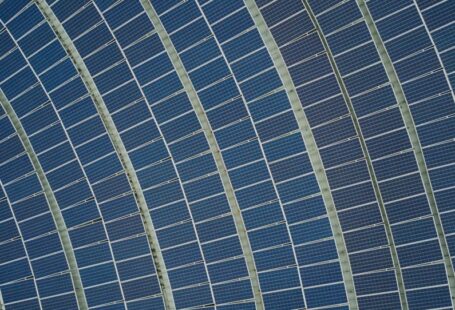As Indonesia continues to grapple with energy challenges, the potential of wearable solar technology emerges as a promising solution that could revolutionize the country’s energy landscape. With its abundant sunlight resources, Indonesia stands to benefit significantly from the adoption of this innovative technology. Wearable solar devices offer a practical and sustainable way to harness solar power, providing individuals with on-the-go access to clean energy. This article delves into the exciting possibilities that wearable solar technology presents for Indonesia, exploring its benefits, applications, and the potential impact on the nation’s energy sector.
**The Rise of Wearable Solar Technology**
In recent years, wearable solar technology has gained traction as a viable alternative to traditional sources of energy. These innovative devices, equipped with solar panels, can generate electricity by converting sunlight into energy that can be used to power various electronic devices. From smartwatches and fitness trackers to backpacks and clothing, wearable solar technology has the potential to transform everyday accessories into portable power sources. The convenience and sustainability of these devices make them an attractive option for individuals seeking to reduce their carbon footprint and embrace renewable energy solutions.
**Benefits for Indonesia**
Indonesia, with its tropical climate and high levels of solar radiation, is ideally positioned to leverage wearable solar technology to meet its energy needs. By harnessing the power of the sun, Indonesians can reduce their reliance on fossil fuels and contribute to the country’s efforts to combat climate change. Wearable solar devices offer a decentralized energy solution, allowing individuals to generate electricity wherever they are, without the need for access to the grid. This flexibility is especially valuable in remote areas or during emergencies when traditional power sources may be unreliable.
**Applications Across Industries**
The potential applications of wearable solar technology extend beyond personal accessories to various industries in Indonesia. In the healthcare sector, wearable solar-powered medical devices could improve access to healthcare services in remote areas with limited electricity infrastructure. These devices could monitor vital signs, deliver medication, or provide emergency communication capabilities, enhancing the quality of healthcare delivery in underserved communities. In the education sector, students could benefit from solar-powered backpacks that charge electronic devices, enabling them to study and access online resources even in areas with limited electricity access.
**Impact on the Energy Sector**
The widespread adoption of wearable solar technology has the potential to disrupt the traditional energy sector in Indonesia. As more individuals and businesses embrace renewable energy solutions, the demand for fossil fuels is likely to decrease, leading to a more sustainable and environmentally friendly energy landscape. This shift towards clean energy sources could also create new opportunities for innovation and investment in the renewable energy sector, driving economic growth and job creation in Indonesia.
**A Sustainable Future with Wearable Solar Technology**
As Indonesia looks towards a sustainable future, wearable solar technology emerges as a key enabler of clean energy adoption. By harnessing the power of the sun through innovative wearable devices, Indonesians can reduce their carbon footprint, increase energy access, and contribute to a more sustainable energy future. The potential of wearable solar technology is vast, offering a practical and efficient way to generate electricity while promoting environmental stewardship and energy independence. As the nation continues to explore renewable energy solutions, wearable solar technology stands out as a promising frontier that could shape Indonesia’s energy landscape for years to come.





